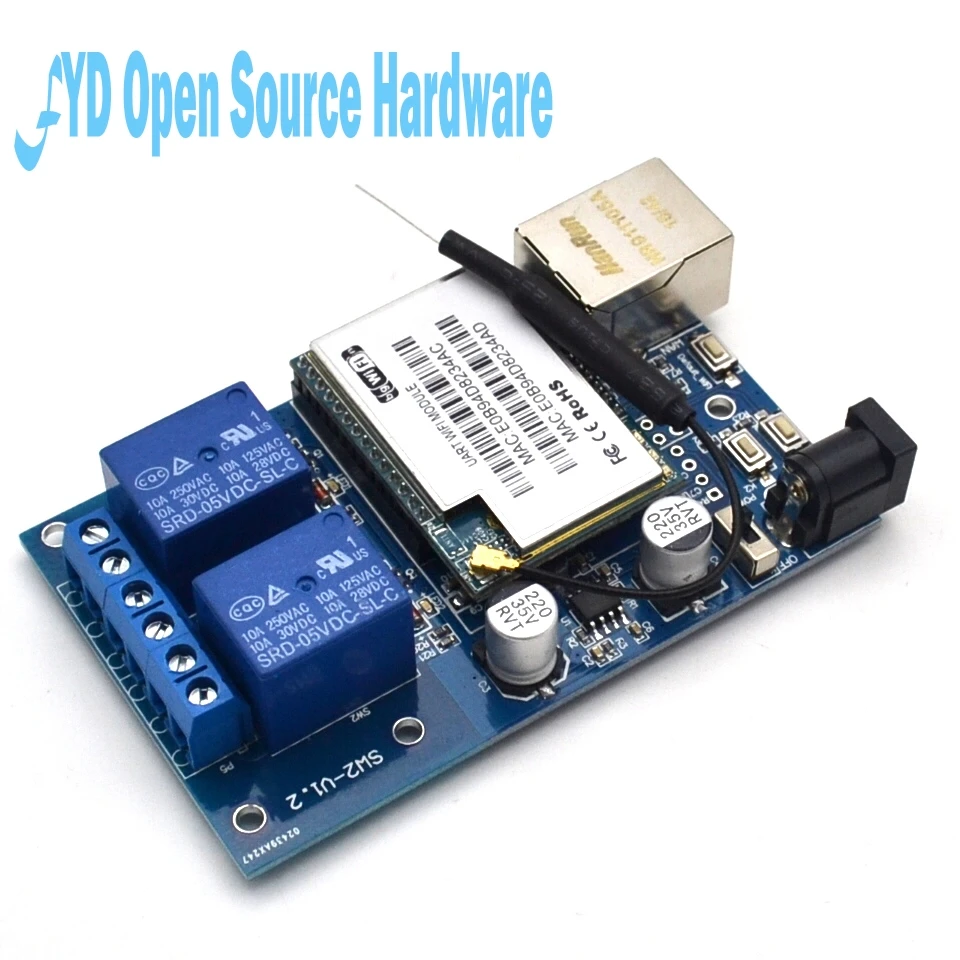Hello,
I currently have IPC-T5442T-ZE and 2x IPC-B5442E-ZE, and in the process of ordering 6 more. I like T(urret) version more, but B(ullet) has alarm output - considering which one to buy based on the problems below.
1. I noticed that integrated IR LEDs are too spotlight focused, so I would like to use external ones. That is simple, just solder cables instead of internal LEDs and connect them to external LEDs. I tested these 850 nm 10 W and they work exceptionally well, and they consume less power than 730 nm while producing the same brightness. I will probably use 3 W versions and mount them apart, to achieve even better and more uniform coverage.
2. In addition to that, I would like to add some white external LEDs. I use Home Assistant (and Blue Iris) and I would program the automation so that IR LEDs are normally used at night, but when motion is detected, I would like to turn off (integrated) IR LEDs and turn on external white LEDs.
For last 2 days, I have a hard time searching for any API documentation about how to control internal IR LEDs and external Alarm output (for Bullet version) completely independently, that is from Node RED (MQTT, HTTP) from Home Assistant. Is this even possible?
I could just disable internal LEDs and attach both external IR LEDs and white LEDs to "smart WiFi switch" powered from the camera (ESP8266 running ESPHome FW), but this has additional problems:
A. Some of the cameras are located pretty far away (Cat.7 23 AWG PoE cable), where there is no WiFi signal, so I cannot use classic ESP8266 WiFi module with 2 relays.
B. If I would use ethernet module instead of WiFi (e.g. WT32-ETH01 which is ESP32 with RJ45 connector), then I would need PoE powered switch at every camera, splitting 1 PoE cable to the camera and relay module, and powering all 3 devices (switch, camera, ethernet relay board).
C. I would need some additional logic to decide when to turn on IR LEDs instead of leaving this decision to the camera doing this automatically.
These solutions seem kind of nonsense, considering that B5442E already has 2 controllable outputs. Just how to control them? Moreover, does the T5442T have any internal pins on the PCB, which I could use for Alarm output, despite the fact that they're not connected outside of the housing? In short, the perfect combination for me would be IPC-T5442T-ZE with 2 remotely-controllable GPIOs (soldering is OK, I'm electronic engineer).
Thank you!
I currently have IPC-T5442T-ZE and 2x IPC-B5442E-ZE, and in the process of ordering 6 more. I like T(urret) version more, but B(ullet) has alarm output - considering which one to buy based on the problems below.
1. I noticed that integrated IR LEDs are too spotlight focused, so I would like to use external ones. That is simple, just solder cables instead of internal LEDs and connect them to external LEDs. I tested these 850 nm 10 W and they work exceptionally well, and they consume less power than 730 nm while producing the same brightness. I will probably use 3 W versions and mount them apart, to achieve even better and more uniform coverage.
2. In addition to that, I would like to add some white external LEDs. I use Home Assistant (and Blue Iris) and I would program the automation so that IR LEDs are normally used at night, but when motion is detected, I would like to turn off (integrated) IR LEDs and turn on external white LEDs.
For last 2 days, I have a hard time searching for any API documentation about how to control internal IR LEDs and external Alarm output (for Bullet version) completely independently, that is from Node RED (MQTT, HTTP) from Home Assistant. Is this even possible?
I could just disable internal LEDs and attach both external IR LEDs and white LEDs to "smart WiFi switch" powered from the camera (ESP8266 running ESPHome FW), but this has additional problems:
A. Some of the cameras are located pretty far away (Cat.7 23 AWG PoE cable), where there is no WiFi signal, so I cannot use classic ESP8266 WiFi module with 2 relays.
B. If I would use ethernet module instead of WiFi (e.g. WT32-ETH01 which is ESP32 with RJ45 connector), then I would need PoE powered switch at every camera, splitting 1 PoE cable to the camera and relay module, and powering all 3 devices (switch, camera, ethernet relay board).
C. I would need some additional logic to decide when to turn on IR LEDs instead of leaving this decision to the camera doing this automatically.
These solutions seem kind of nonsense, considering that B5442E already has 2 controllable outputs. Just how to control them? Moreover, does the T5442T have any internal pins on the PCB, which I could use for Alarm output, despite the fact that they're not connected outside of the housing? In short, the perfect combination for me would be IPC-T5442T-ZE with 2 remotely-controllable GPIOs (soldering is OK, I'm electronic engineer).
Thank you!
Last edited:


 As soon as I set Far to 1, bright spot in the middle of the pavement adjusts the contrast (ZoomPrio is also not as good).
As soon as I set Far to 1, bright spot in the middle of the pavement adjusts the contrast (ZoomPrio is also not as good).